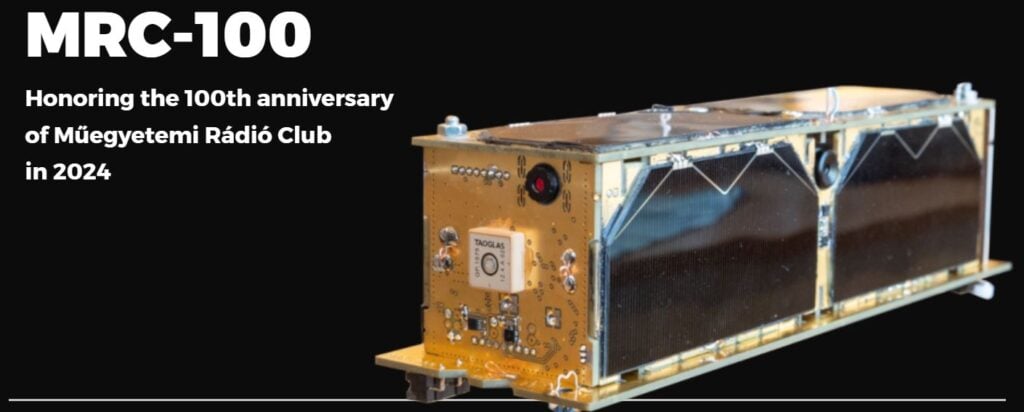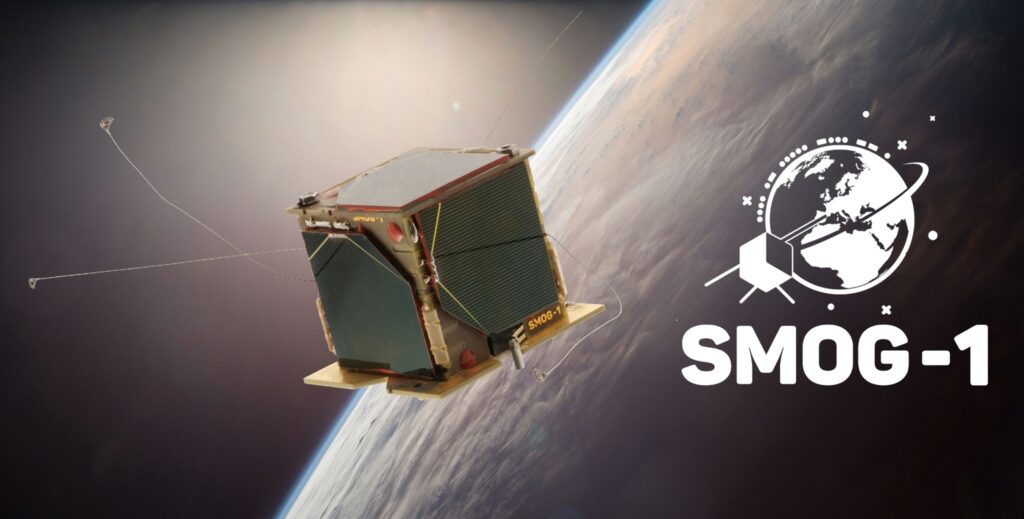An RTL-SDR telemetry decoder for the soon to be launched MRC-100 PocketQube Satellite
Thank you to Zoltan Doczi (HA7DCD) for submitting news about the MRC-100 Hungarian PocketQube Satellite that is scheduled to launch on a Falcon 9 on June 12. A PocketQube is smaller than a standard CubeSat as it is sized at only 5x5x15cm. Zoltan notes that the MRC-100 is the successor to the SMOG-1 satellite which we posted about back in March 2021. The satellite is named to honoring the 100th year anniversary of the HA5MRC Ham Radio Club at the Budapest University of Technology.
To help with decoding the Telemetry on the satellite an RTL-SDR based telemetry receiver was created by Peter and Miklos, and Levente HA7WEN has created an installation script for Raspberry Pi's and Linux PC's which installs OpenWebRX along with the satellite receiver software.
The satellite should be receivable with a simple satellite antenna, such as a handheld Yagi, Turnstile, Dipole or quadrifilar-helix antenna. It will be transmitting telemetry at 436.720 MHz. If you have a dish and tracking equipment for it, there is also a high speed downlink at 2267.5 MHz. Like SMOG-1 the satellite carries a sensor that is designed to measure human caused electromagnetic pollution. It also carries a camera and an AIS receiver for tracking marine vessels.

